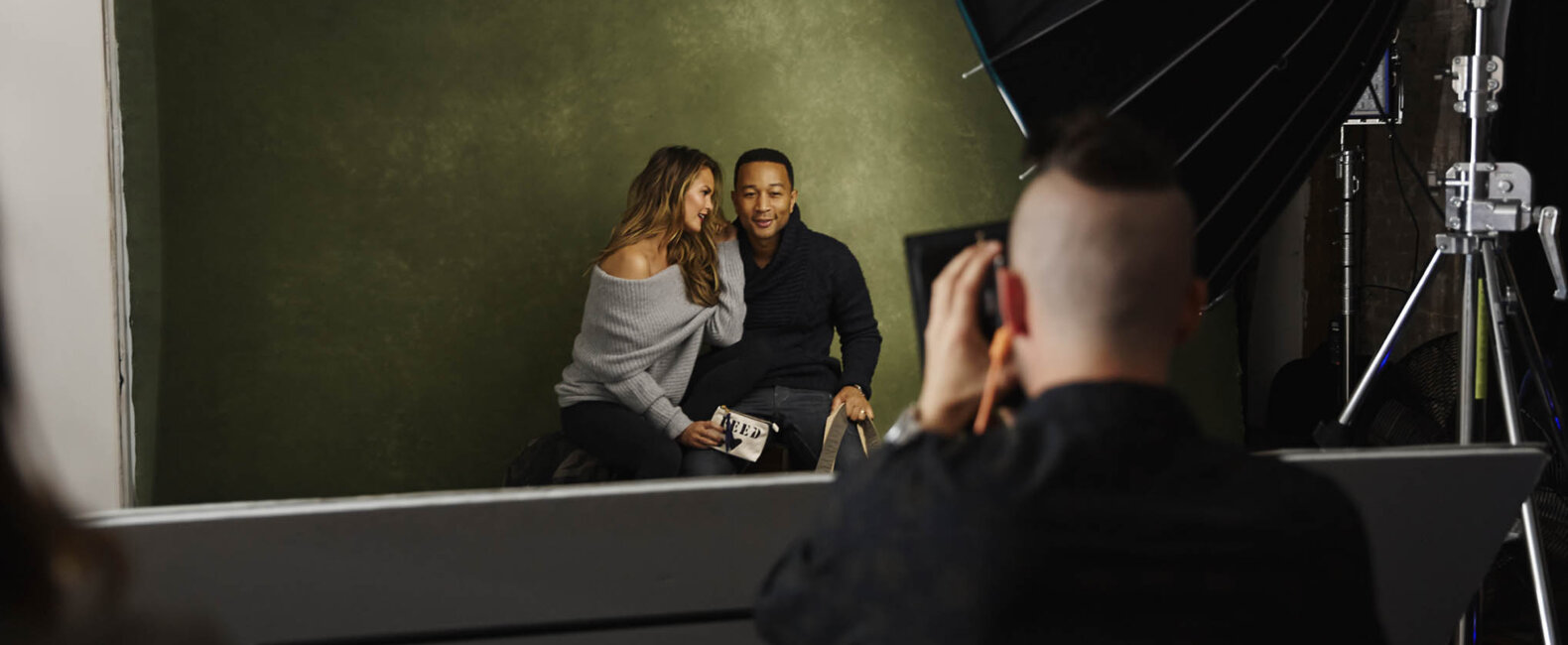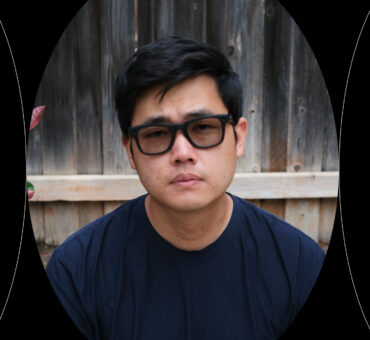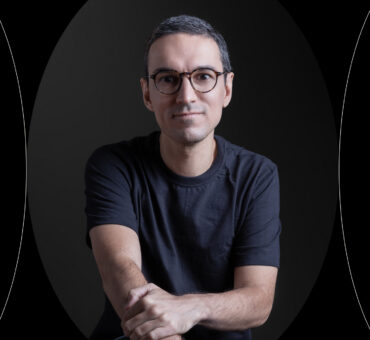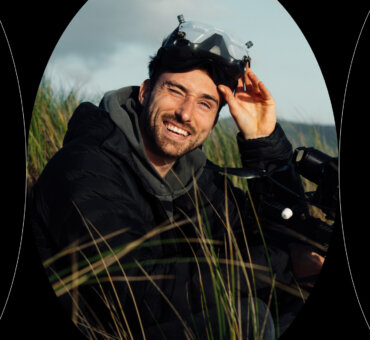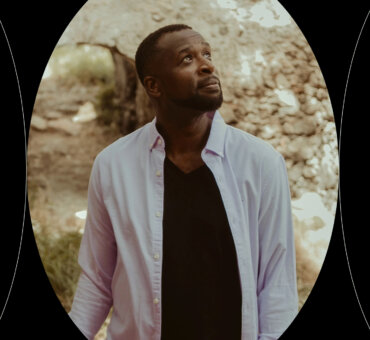If you don’t know Joey L. from his work for the National Geographic Channel, the History Channel, or charity: water (his images have been displayed in little places like, oh, Time’s Square), then you might know him from his tutorials. Since 2006, Joey L. has been distilling his hard-earned photographic know-how into easy-to-follow instructional videos (originally in the form of hand-labeled DVDs, and now available on the World Wide Interweb). His most recent series, Dudes with Cameras, is a compulsively watchable mix of photographic wisdom, travelogue, and late-night sleep-deprived mischief. Highly recommended.
We recently talked with Joey L. about his knowledge-sharing philosophy; the lessons he’s learned from more than nine years of educating; and why taste is, in fact, something that can be taught (though not rushed).
Here’s our friend Joey.

How long have you been making tutorials?
I’ve been making tutorials for a very, very long time. Since, like, 2006. Back then I was mailing DVDs. Actually, they weren’t even DVDs; they were data CDs. Even so, I have people who’ve followed my work since my first tutorial, which was literally scribbled on with a marker.
However, the market is so flooded with tutorials now that you can basically learn the same techniques from anyone. So if you’re going to learn, you might as well learn from someone who’s actually working in the photo industry. There are a lot of snake-oil salesmen in the tutorial market today who are even teaching “the business of photography”. They’re not working photographers, and it’s become very problematic for the buyer.
So when you first started doing tutorials back in 2007, what made you want to share what you’ve learned?
In the so-called “gilded age” of photography, a lot of photographers didn’t share their secrets. It was all very technical, and there was a certain degree of paranoia — which was understandable because photography used to be a lot more about art and science coming together. But now with digital photography, the landscape has evolved. There aren’t really many technical secrets. The technical aspects of your work are going to get found out either way, so you might as well share them and grow your audience.
At the end of the day, this is a very competitive industry. Your technical ability is only a small part of what’s going to get you hired. To me, it’s a lot more about your relationships, your work ethic, your taste, the quality of your work — those are the things that will help your career. So if I do a tutorial on three ways to light a scene, I’m not giving away any golden trade secrets.
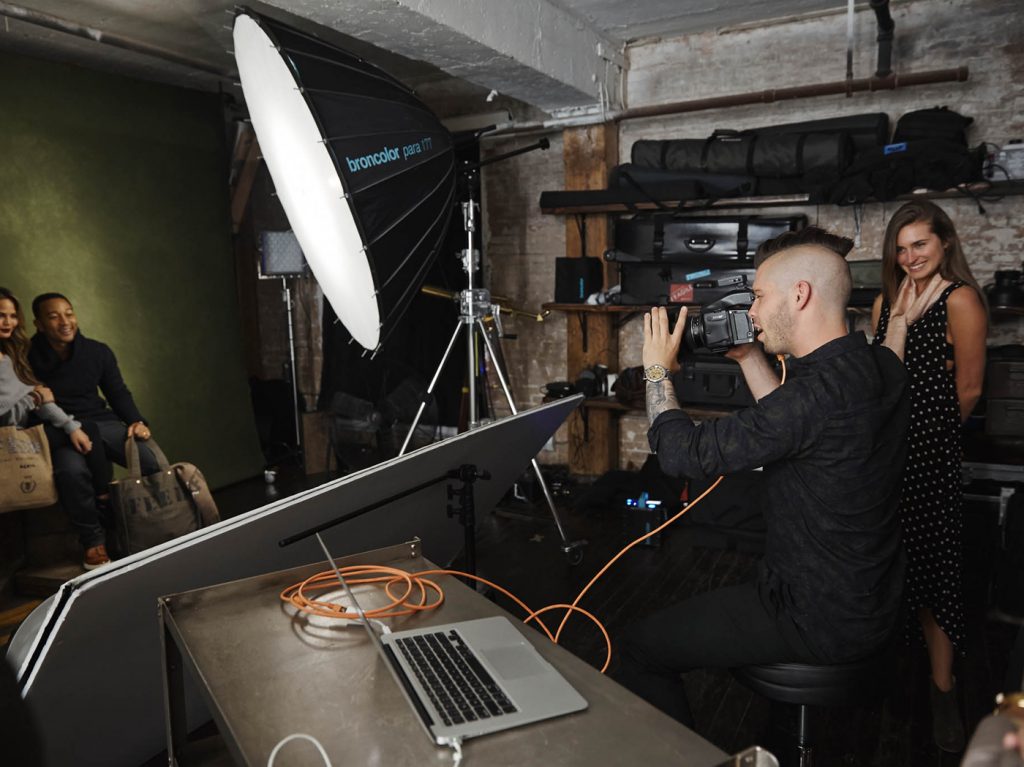
What do you get out of the deal?
Two things. First, let’s be honest and not full of BS- it’s an excellent source of supplementary income, which is good because I dedicate a lot of time to personal projects on the road. Beyond that, I love the idea of sharing work among my peers and the critical nuances that went into every photoshoot. A lot of people find out about my work through the tutorials, even art directors at advertising agencies. It’s a way of growing my brand and controlling my story. I want to be known as someone who shares and is actively involved in the photography community. But I would never hide from anyone that it’s also a business.
And it’s working pretty well?
Very well. It’s how I’ve funded many of my personal photography projects and been able to turn down assignments which are not inspiring. It’s like the photography community supporting itself.
What are people usually interested in learning, and do you think they’re the right things?
Sometimes people are seeking very simple, easy fixes. They want “Use this filter to improve your shots.” But there’s no thought process in that; there’s no actual skill. They see a very advanced lighting technique, and they go, “Holy shit, what filter is that?” But that’s not the right way of looking at it. What I teach are more advanced techniques. I teach about very, very subtle differences. My color-grading tutorial is not a sexy tutorial. You don’t run some magic action and your photo is fixed. It’s about developing your eye enough to grasp the tiniest, most subtle things in the color curves. That’s what I teach.
Do you have advice for people who are more advanced but feeling stuck?
Let’s talk about percentages. You can go from 1 percent to 80 percent quality in, let’s say, five years of work. You’re getting your technical knowledge down. The math and science part. Almost all photographers have that same baseline technical knowledge. But after that, you have to learn good taste. You have to learn to approach an image holistically. That’s what I mean by going from 80 percent to 100 percent. It’s a huge gap, but that’s what makes a photographer really, really good. The photographers I admire see further. And it comes down to those subtle nuances that are so much harder to comprehend. Retouching is so subtle that a new photographer would be like, “Why are you wasting so much time on this?” Or moving a light an inch to the left. It can take another 10 years, another 20 years to get there. Going from 1 percent to 80 percent is quite easy. Going from 80 percent to 100 percent, that’s tricky.
Do you think taste can be taught?
It depends. To a certain extent, some people just have it. It can carry over from other crafts. For example, my friend Sam Spratt, who’s a painter, already understands light so well because he paints it. He did a very brief stint where he was interested in photography, and his portraits were really good for someone just starting out. He totally got it. That jump was easy for him.
The other case I’ll tell you about is Jesse, who you see in the Dudes with Cameras videos. He’s not a photographer; he’s a digital tech, but he hangs out with photographers all day, many a lot more talented than I. He bought a camera and sent me some photos. He’s a beginner, so you have to cut him some slack; but I was amazed at how good he was shooting. I was like, “Where did this come from?” It took me five years to get that good, and he did it in like a month. But it’s because he’s around good quality work all the time.
Some of it comes also down to maturity. When I was younger, it took me so long to learn. I was a kid with a dumb haircut and bad taste. Okay, I still have a dumb haircut, to be honest. Even now, if I were to fast-forward 10 years into the future, I’d look at my stuff and go, “God, that’s awful.” When it comes to taste, you slowly improve. The reason some people say taste can’t be taught is because it takes so damn long. Not many people have 10 years to devote to helping someone along just to reach the conclusion that “Taste can’t be taught; it’s something you have or don’t have.” I disagree.
Do you think it’s just happening too slowly to notice?
Yeah. I think the biggest thing to remember about photography is you have to look at it like a vocation. Like when a priest goes to seminary. It’s not called an education; it’s called a vocation because you have to dedicate so much time — you have to dedicate your life to this thing. If you want to be successful, you have to think of it like a vocation. And that means growing very, very slowly.
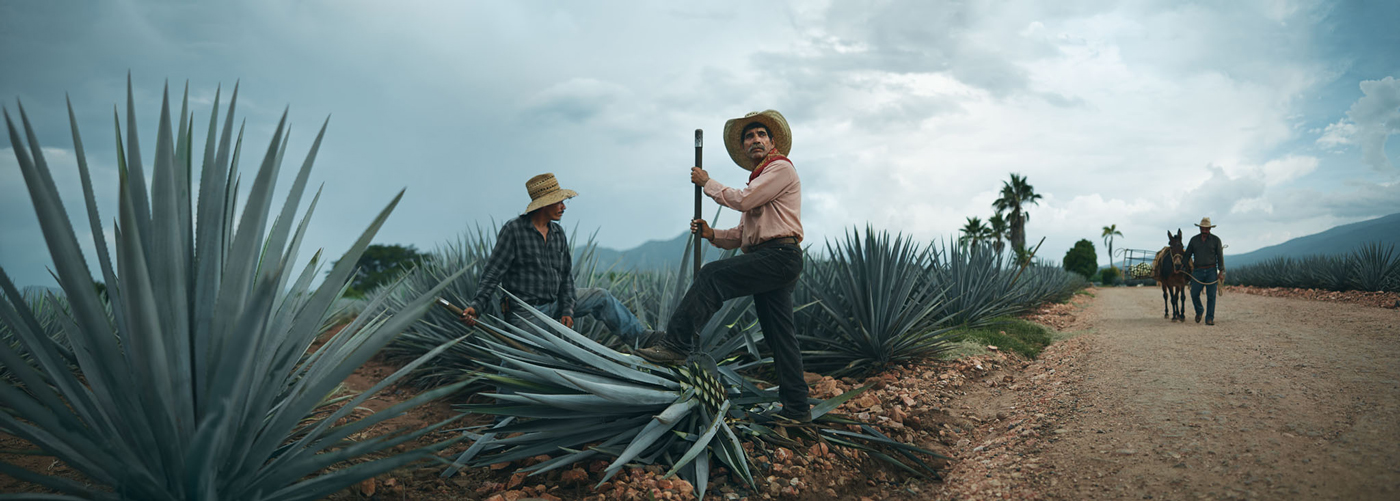
We believe what Joey said about the gap between 80 percent and 100 percent is spot-on. Oftentimes, that’s where people get the most discouraged and sometimes even give up — when their learning curve levels off and it feels like they’re just spinning their wheels year after year. The further you get into your career, the slower your growth becomes. That seems to be the way of things. Press through. And maybe check out some of Joey L.’s tutorials to help inch yourself forward.















































































